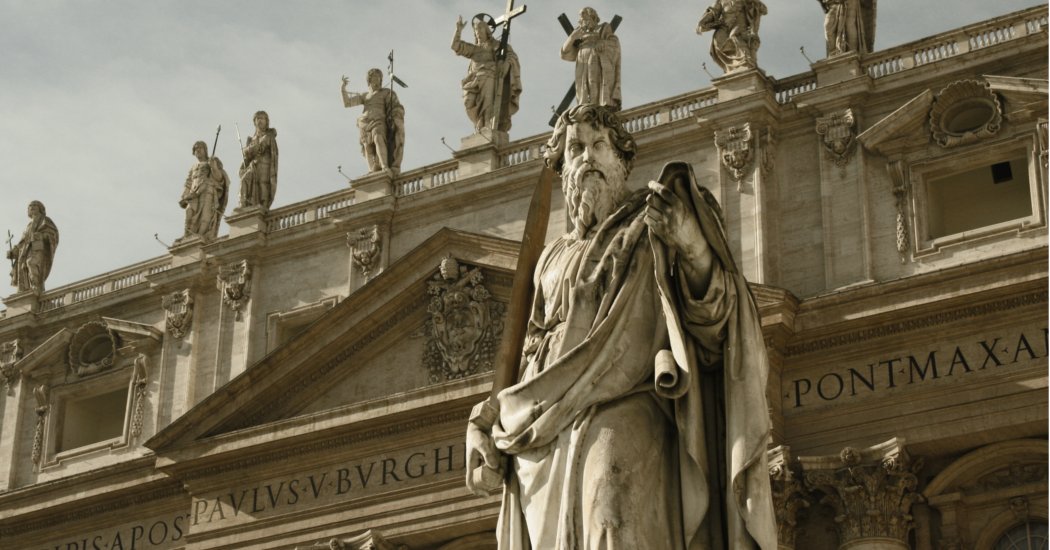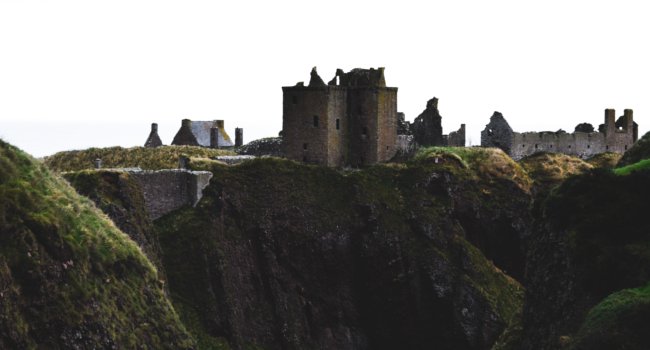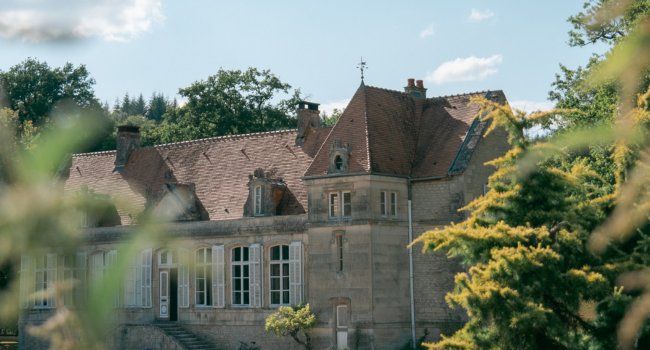The Romans invaded Britain in 43 AD
after their empire was already extended from the Channel coast east to the Caucasus and from the northern Rhineland south to the Sahara.

Emperor Claudius
It was Claudius who wanted to secure his throne with an invasion of Britain. Caligula was assassinated in 41AD, and Claudius had become emperor. Claudius, a little-known member of the Imperial family, faced opposition from the Senate and was looking at a military victory in Britain to solve this. A military achievement would be his way of proving himself as an army commander, so important in the Roman culture, without any economic cost involved. An invasion of Britain also appealed because a century earlier, Julius Caesar had aimed to conquer Britain, but had to withdraw due to a revolt in France, then known as Gaul. Britain was therefore mysterious, unknown, exotic and dangerous. The perfect testing ground for an emperor to be tested in terms of fitness to rule.
An army of 40,000 professional soldiers landed in Britain under the command of Aulus Plautius. Historians continue to debate where they landed, but it could be that the armies landed in both Richborough in Kent and Chichester in Sussex and were used to garrison troops during the invasion.
Tiberius Claudius Togidubnus
A kingdom was created for Togidubnus, king of the Regni tribe, that included much of what was to become Sussex as well as areas of Hampshire. There is evidence in Chichester that Togidubnus was given the Roman names “Tiberius Claudius” to show that he had Roman citizenship, given to him either by the emperor Claudius or possibly by Nero. He remained loyal to Rome as a client king into the later part of the 1st century. Roman villas were often built over many years and in stages, one wing at a time. The villas often included mosaic floors, underfloor heating and bath-houses. There are numerous villa sites in Sussex, including Pulborough, Westhampnett, Arundel, Angerming, Brighton, Southwick, Eastbourne and Barcombe. Most villa sites are now just the remains of foundations at, or below ground level. However, Fishbourne Roman palace and Bignor Roman villa have beautifully preserved mosaics and are open to the public.

Fishbourne Roman Palace, Chichester
The archaeologist who uncovered Fishbourne Roman Palace in Chichester has suggested that this was Cogidubnus’s royal seat, since the early phase of the palace dates to around 65AD, though the main part of the house was built in 90AD.
Bignor Roman Villa, Pulborough
In 1811, farmer George Tupper uncovered a Roman villa after striking it with his plough. There are no records from the Roman period, but experts have suggested that it may have once belonged to a Romano-British family, or at least someone with considerable wealth. A painting in the foyer of the excavation shows a man wearing a ring and brooch that were later found during excavations at Bignor.

Sussex Weald
Whilst most of the Roman villas were built on the Sussex coastal strip and along river valleys, providing access to good farmland. Inland, there was a thriving iron industry in the Sussex Weald, and evidence of iron working has been found from Crawley to Hastings.
Transport�
The Romans were able to use the Rivers Arun, Adur and Ouse for transport, able to go further upstream than is possible today. Stane Street is a Roman road that linked Chichester to London as well as Hardham to London and Hassocks to London, with an east-west road connecting Chichester, Hardham and Hassocks and possibly to the Roman castle at Pevensy The Roman Empire could not last as there were no more treasures to be plundered to cover costs. Taxes were raised and labour conscripted, but the empire was no longer economically viable. Meanwhile, Rome’s enemies, particularly the Germanic tribes, were getting stronger, repeatedly raiding the south-east, which even with new coastal forts, such as the Saxon Shore fort of Anderitum at Pevensey, were unable to defend themselves from such a strong fighting force.